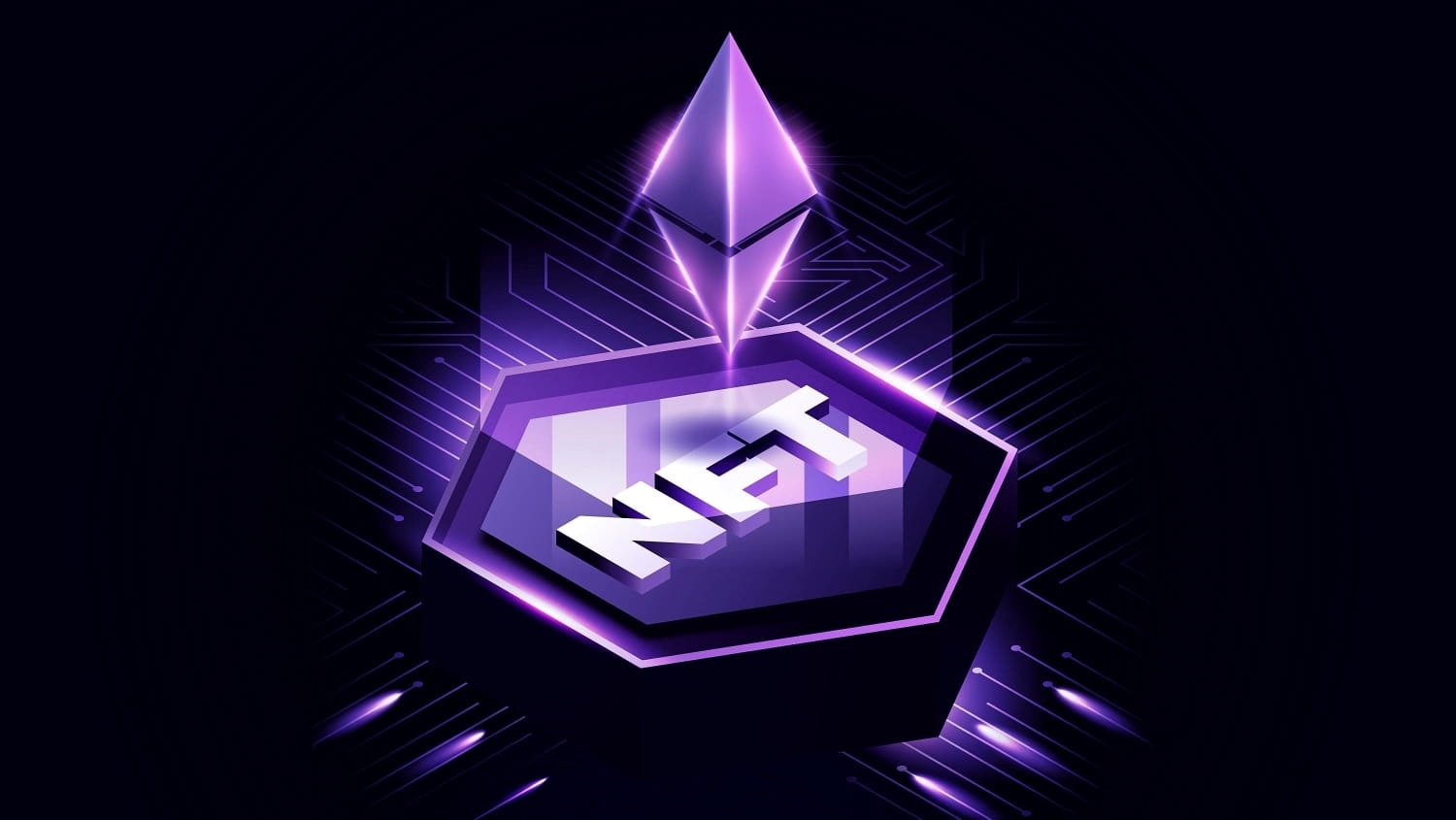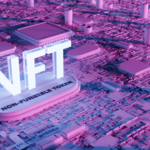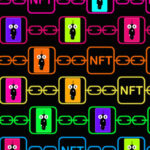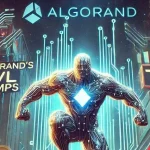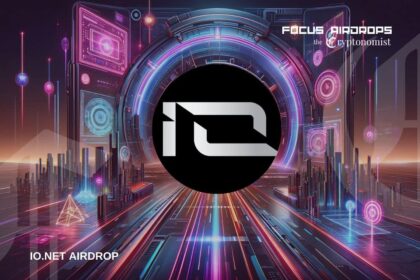NFTs (Non-Fungible Tokens) have become one of the most talked-about innovations in digital technology and finance. While some critics argue that they are just a passing trend, the reality is that NFTs are reshaping industries far beyond digital art. From gaming and fashion to real estate, entertainment, and intellectual property, NFTs offer real-world applications that will likely stand the test of time.
But why are NFTs more than just a fleeting digital craze? This article explores the true value of NFTs, their applications, and how they are set to transform various industries.
1. Understanding NFTs: What Makes Them Unique?
1.1. The Basics of NFTs
NFTs are unique digital assets stored on a blockchain, proving ownership and authenticity. Unlike cryptocurrencies such as Bitcoin or Ethereum, which are interchangeable, NFTs are non-fungible—each one has a distinct value.
Example: A digital artwork sold as an NFT is unique and cannot be duplicated or replaced, similar to a rare painting in the physical world.
1.2. The Technology Behind NFTs
NFTs are built on blockchain networks like Ethereum, Solana, and Binance Smart Chain. Smart contracts govern NFTs, ensuring ownership, transferability, and built-in royalties for creators.
Key Features of NFTs:
- Immutability: Ownership records cannot be changed or erased.
- Interoperability: Can be used across different platforms (e.g., gaming, virtual worlds).
- Programmability: Smart contracts automate processes like royalty payments.
Illustration: A digital NFT marketplace with various virtual items being traded.
2. NFTs in Art & Collectibles: Beyond the Hype
2.1. Digital Art and True Ownership
Artists can sell their work directly to buyers without middlemen, ensuring authenticity and fair compensation.
Example: Beeple’s NFT artwork Everydays: The First 5000 Days sold for $69 million at Christie’s auction.
Why It Matters:
- Eliminates art forgeries with blockchain verification.
- Allows artists to earn lifetime royalties via resale smart contracts.
- Democratizes access to art collecting.
2.2. NFT Collectibles & Virtual Trading Cards
NFTs have revolutionized digital collectibles, similar to trading baseball cards but in a secure, verifiable digital format.
Example: NBA Top Shot sells official basketball highlight NFTs, generating over $1 billion in sales.
Illustration: A futuristic digital art gallery displaying NFT artworks and collectibles.
3. NFTs in Gaming: The Play-to-Earn Revolution
3.1. True Ownership of In-Game Items
Gamers no longer have to spend money on virtual items that belong to game developers. With NFTs, players own their skins, weapons, and characters, which they can sell or trade.
Example: Axie Infinity allows players to breed and trade NFT-based creatures, creating a real in-game economy.
3.2. Play-to-Earn (P2E) Economy
Blockchain-based games reward users with NFTs and cryptocurrency, which can be exchanged for real-world money.
Benefits of NFT Gaming:
- Interoperability: Use NFT items across multiple games.
- Decentralization: Players control the in-game economy.
- Earning Potential: Gamers can monetize their skills and time.
Illustration: A vibrant Metaverse landscape where players use NFTs to customize avatars and homes.
4. NFTs in Fashion: The Rise of Digital Wearables
4.1. Virtual Fashion & Wearable NFTs
Fashion brands are launching NFT-based digital clothing and accessories for avatars in the Metaverse.
Example: Gucci, Dolce & Gabbana, and Adidas have released NFT collections that can be worn in virtual spaces.
Why NFT Fashion Matters:
- Personalization: Users express identity through digital fashion.
- Resale Value: NFT clothing can be traded like physical designer pieces.
- Phygital Integration: Combining physical and digital fashion items.
Illustration: A virtual fashion show with NFT-clad avatars.
5. NFTs in Real Estate & the Metaverse
5.1. Virtual Land Ownership
NFTs allow users to buy, sell, and build on digital land in virtual worlds like Decentraland and The Sandbox.
Example: A virtual plot in Decentraland sold for $2.4 million, highlighting the demand for NFT real estate.
5.2. NFT-Based Property Titles
Blockchain technology is being explored for real-world real estate transactions, allowing for secure digital ownership of homes and land.
Illustration: A futuristic Metaverse city with NFT real estate markets.
6. Challenges & Misconceptions About NFTs
6.1. Market Volatility & Speculation
- Some NFT projects experience price bubbles that eventually crash.
- Investors must research utility and long-term potential before buying.
6.2. Environmental Concerns
- Blockchain networks consume energy, but newer models like Ethereum 2.0 and Solana aim to be eco-friendly.
6.3. Regulatory Uncertainty
- Governments are still developing laws around NFT taxation and intellectual property rights.
- NFT buyers should be aware of ownership rights and licensing agreements.
7. The Future of NFTs: What’s Next?
7.1. Integration with AI & Smart Contracts
AI-generated NFTs and programmable contracts will expand NFT capabilities.
Example: AI-generated NFT art that evolves over time based on user interaction.
7.2. Adoption by Major Industries
NFTs will continue to reshape finance, healthcare, sports, and entertainment, making digital ownership a mainstream concept.
Conclusion: NFTs Are Here to Stay
NFTs have already disrupted multiple industries and are not just a passing digital trend. As technology evolves and mainstream adoption increases, NFTs will become a foundational aspect of digital identity, ownership, and commerce.

